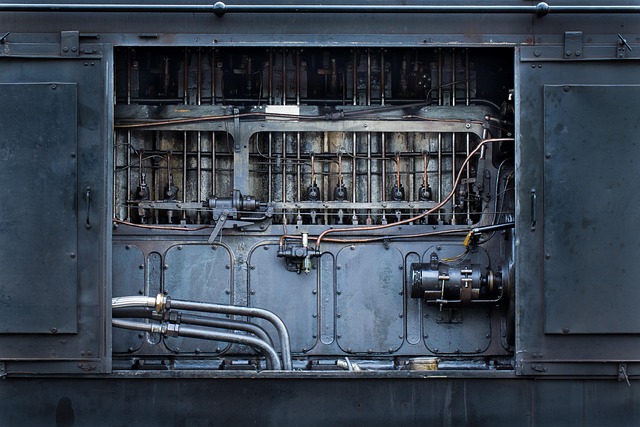Metal roofing is a popular choice for its durability, low maintenance, and diverse material options like aluminum, steel, copper, and zinc. It offers excellent weather resistance, strength, and energy efficiency due to its insulation properties. However, it's susceptible to leaks over time due to poor installation, aging, extreme weather, or temperature changes. This guide emphasizes the importance of identifying leak sources, using specialized tools for repairs, and adhering to best practices for maintenance and regular inspections to extend the lifespan of metal roofing systems. Engaging professional roofers is recommended for complex issues to ensure a long-lasting, secure investment.
Metal roofing, known for its durability and low maintenance, is a popular choice for many homeowners. However, even the sturdiest structures can develop leaks over time. This comprehensive guide delves into the world of metal roof leak repair, offering insights on identifying causes, tools, techniques, best practices, and maintenance tips to ensure long-lasting protection. Understanding the unique properties of metal roofing is key to effectively navigating this process.
Understanding Metal Roofing: Materials and Benefits

Metal roofing has gained immense popularity in recent years as a durable and low-maintenance option for residential and commercial buildings. This type of roofing is crafted from a variety of materials, including aluminum, steel, copper, and zinc. Each metal offers unique properties that contribute to its longevity and aesthetic appeal. For instance, aluminum is lightweight yet resistant to corrosion, making it ideal for regions with extreme weather conditions. Steel, on the other hand, is known for its strength and ability to withstand high winds and heavy snowfall.
One of the key advantages of metal roofing is its durability. These materials are highly resistant to damage from common issues like leaks, storms, and fire. They also offer excellent insulation properties, helping regulate indoor temperatures and reducing energy costs. Moreover, metal roofs can be easily installed over existing shingles, providing a cost-effective solution for roof repairs or replacements. This versatility makes metal roofing an attractive choice for homeowners seeking a long-lasting, visually appealing, and efficient investment.
Common Causes of Metal Roof Leaks
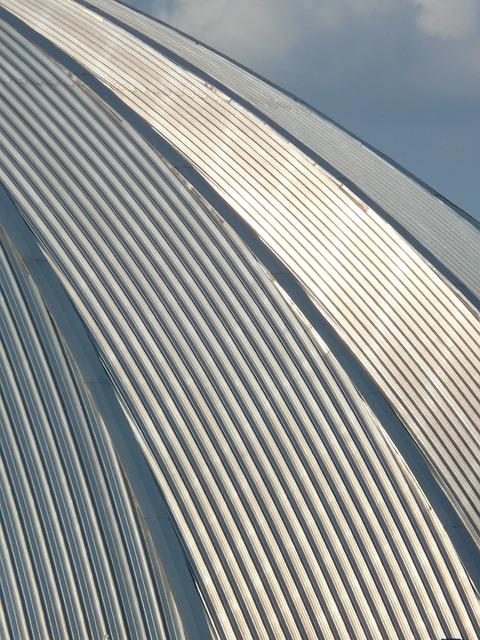
Metal roofing is a popular choice for homeowners due to its durability and low maintenance requirements. However, even the sturdiest metal roofs can develop leaks over time, leading to costly damage if left unattended. Understanding the common causes of these leaks is the first step in effective prevention and repair.
One of the primary reasons for metal roof leaks is poor installation or craftsmanship. Inadequate sealing of joints, seams, and fasteners can create entry points for water, especially during heavy rainfall. Another frequent cause is aging and corrosion, as metal roofs are susceptible to rust over extended periods, weakening their structural integrity and seal. Damage from extreme weather conditions, such as hailstorms or strong winds, can also result in punctures or dents, providing pathways for water intrusion. Moreover, changes in temperature and thermal expansion can exert stress on the roof, leading to cracks and leaks.
Identifying Leak Sources: A Step-by-Step Guide
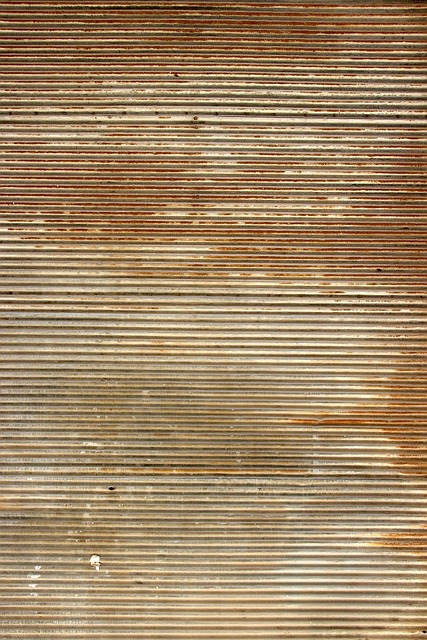
Identifying the source of a metal roof leak is crucial for effective repair. Here’s a step-by-step guide to help you navigate this process. Start by inspecting your roof from the ground, looking for visible signs like damaged or missing shingles, warped metal, or water stains. Next, climb up and thoroughly examine the metal roofing, checking for any loose connections, corroded fasteners, or damaged flashing—especially around chimneys, vents, and valleys, common problem areas.
If you notice water dripping inside your home, trace its path to identify where it’s entering. Look for discolored or peeling paint, as well as signs of moisture accumulation on ceilings or walls. Sometimes, leaks can be caused by misaligned panels or damaged underlayment. Documenting these findings will help guide your repair process and ensure that the root cause is addressed for lasting solutions in metal roofing.
Tools and Equipment for Effective Repair
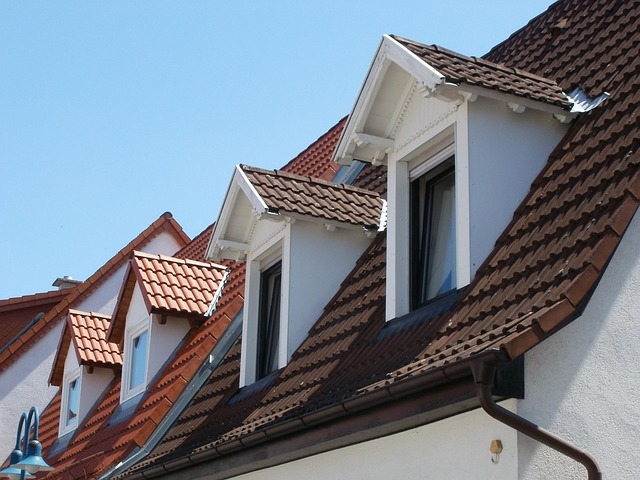
When it comes to repairing a leak in a metal roof, the right tools and equipment make all the difference. For any metal roofing repair, you’ll need a set of high-quality tools tailored for this specific task. Start with a good pair of heavy-duty work gloves to protect your hands from sharp edges and debris. A sturdy step ladder is essential for safe access to the roof, ensuring you can reach the affected area without risk of injury or damage.
For actual leak repair, gather essential tools like a wire brush for cleaning rust or debris from the leak site, a drill with various bits for punching through flashing or sealing holes, and a caulk gun to apply weather-resistant sealants. Don’t forget a metal roof patch kit, which often includes flashing tape, metal patches, and adhesive. These tools enable effective and efficient repair, ensuring your metal roofing remains secure and leak-free.
Techniques for Metal Roof Leak Repair
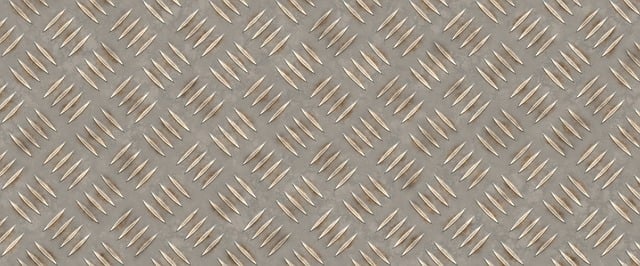
When it comes to metal roof leak repair, understanding the specific techniques tailored to this unique material is essential. The first step involves identifying the source of the leak, which can often be traced back to joints or fasteners that have become compromised over time. Professionals skilled in metal roofing use specialized tools and knowledge to inspect these areas thoroughly, ensuring every potential entry point for water is located and sealed.
Repairs typically include replacing damaged panels, securing loose connections, and applying sealant to vulnerable spots. Modern technologies offer advanced leak-sealing solutions, such as high-performance tape and coatings designed explicitly for metal roofing. These innovative products not only repair current leaks but also prevent future issues by creating an impenetrable barrier against the elements, thereby extending the lifespan of your metal roof.
Best Practices for Long-Lasting Repairs
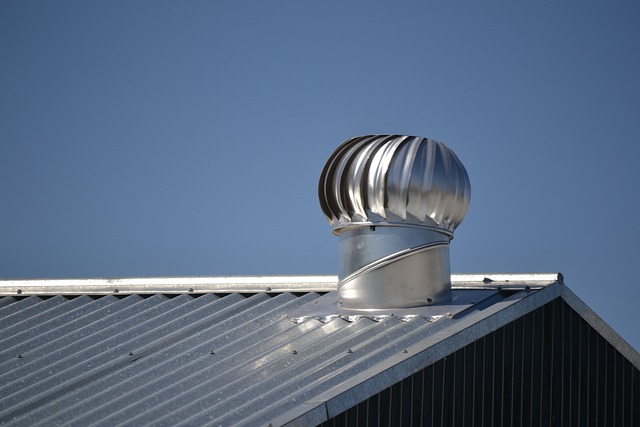
When undertaking metal roof leak repair, adhering to best practices is paramount for ensuring long-lasting solutions. Start by thoroughly inspecting the entire roofing system to pinpoint the source of the leak. This meticulous process involves checking for damaged or corroded panels, loose connections, and any signs of wear and tear. Metal roofing is renowned for its durability, but proper installation and maintenance are key to sustaining its longevity.
For repairs, opt for high-quality replacement parts that match the original metal roofing material in terms of type, gauge, and finish. Professional installation by experienced contractors ensures seamless integration and prevents future leaks. Additionally, regular cleaning and maintenance, including removing debris and inspecting for any signs of damage, can significantly contribute to the overall longevity of your metal roof.
Maintenance Tips to Prevent Future Leaks
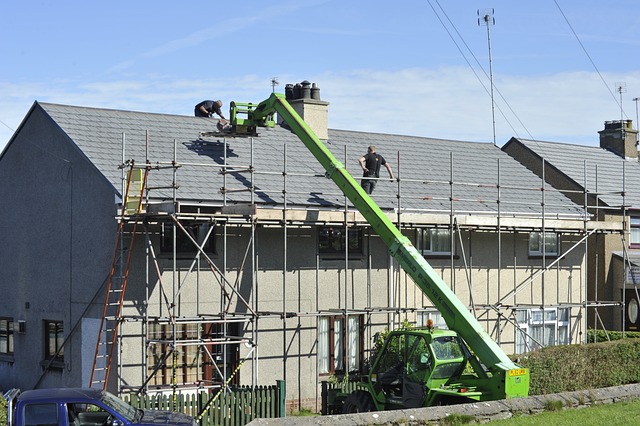
Regular maintenance is key to extending the lifespan of your metal roofing and preventing costly leaks. Start by inspecting your roof at least once a year, especially after severe weather events or seasons with significant temperature changes. Look for any signs of damage, such as loose or missing screws, bent panels, or rust, addressing these issues promptly.
Implementing simple care practices can further protect your metal roof. Cleaning your roof regularly to remove debris and dirt buildup helps maintain proper drainage. Ensure all gutters are clear and functioning correctly to prevent water from pooling around the edges of your roof, which can lead to weak spots and leaks. Also, keep an eye on nearby trees, trimming any branches that could fall and cause damage during storms.
When to Call a Professional Roofer
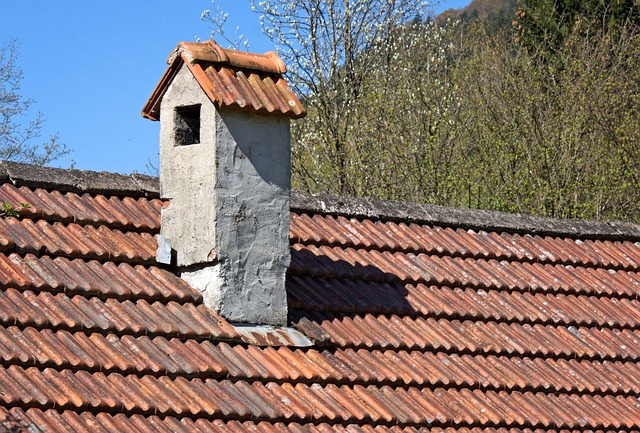
If you’re noticing signs of a metal roof leak, it’s crucial to act swiftly. Delaying repair can lead to further damage and costly repairs down the line. Start by inspecting your roof for any visible evidence like discoloured or peeling paint, water stains, or loose metal. If these issues persist or if you’re unsure about the extent of the problem, it’s time to call a professional roofer. They possess the expertise and tools to pinpoint the source of leaks effectively.
Metal roofing is an investment, and professionals are equipped to ensure its longevity. A pro will assess your roof, provide a detailed diagnosis, and offer tailored solutions. From repairing or replacing missing or damaged panels to sealing seams, their prompt action will safeguard your home from water intrusion and structural damage caused by metal roof leaks.
